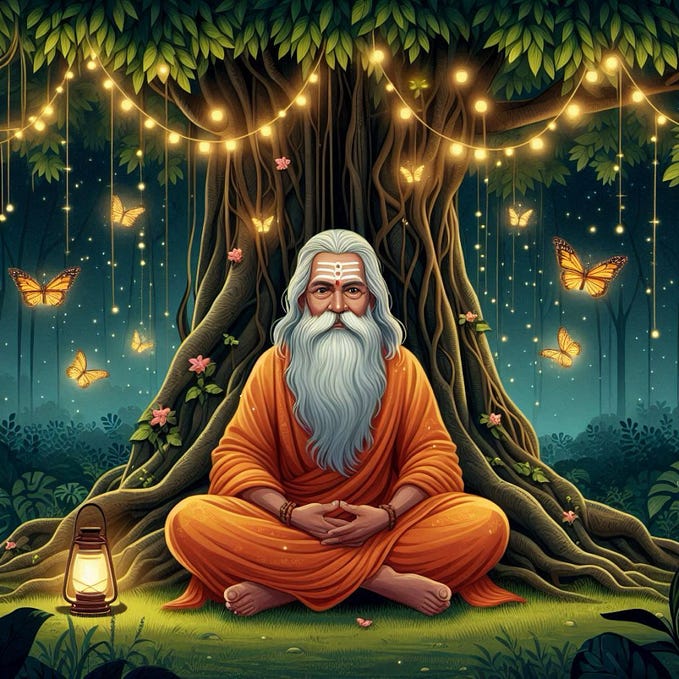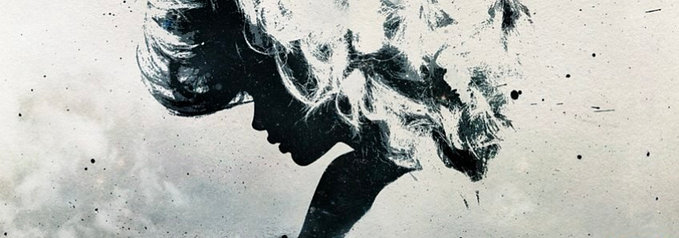10 Avatars of Vishnu (Dashavatara)
Dashavatar refers to the ten principal avatars of Lord Vishnu, a significant deity in Hinduism. Each avatar represents a different aspect of Vishnu’s divine power and purpose. Here are some key facts about the Dashavatar:

Meaning:
“Dash” means ten, and “avatar” means incarnation. So, Dashavatar translates to the ten incarnations of Lord Vishnu.
Purpose:
Vishnu takes these avatars to restore cosmic order (dharma) and protect the world from evil forces whenever it is threatened.
Order:
The avatars are believed to occur in a specific order over different yugas (eras). The order typically begins with Matsya (the fish) and ends with Kalki (the future warrior on a white horse).
The Ten Avatars:
1.Matsya (the fish) — Matsya is the first avatar and represents life’s emergence in water. In this form, Lord Vishnu saved the sage Manu and the seven sages from a great deluge by guiding them and their boat to safety. This avatar symbolizes protection and preservation of life.

2.Kurma (the tortoise) — Kurma, the tortoise, supported Mount Mandara during the churning of the ocean (Samudra Manthan) to obtain the nectar of immortality. Vishnu took this form to maintain balance and harmony in the universe.

3.Varaha (the boar) — In the form of a boar, Lord Vishnu rescued the Earth (personified as the goddess Bhudevi) from the demon Hiranyaksha, who had submerged it in the cosmic ocean. Varaha represents the protection of the Earth and the restoration of order.

4.Narasimha (the half-man, half-lion) — Vishnu incarnated as Narasimha to defeat the demon king Hiranyakashyap, who was immune to being killed by man or beast. This form showcases divine courage and the triumph of good over evil.

5.Vamana (the dwarf) — Vamana is a dwarf Brahmin who tricked the demon king Bali into giving up his rule over the three worlds. This avatar symbolizes humility, justice, and the preservation of dharma.

6.Parashurama (the warrior with an axe) — Parashurama, a Brahmin warrior with an axe, was born to rid the world of corrupt Kshatriya rulers. His avatar signifies the warrior aspect of Vishnu and the restoration of justice.

7.Rama (the prince of Ayodhya) — Lord Rama, the hero of the epic Ramayana, exemplifies the ideal king, husband, and son. His avatar teaches lessons in duty, righteousness (dharma), and devotion.

8.Krishna (the divine statesman and teacher) — Krishna, the most beloved of all avatars, played a central role in the Mahabharata. He imparted the Bhagavad Gita, a sacred dialogue on duty and spirituality. Krishna represents divine love, wisdom, and guidance.

9.Buddha (the enlightened one) — Lord Vishnu incarnated as Buddha to teach compassion, non-violence, and the path to enlightenment. This avatar emphasizes the importance of inner transformation and inner peace.

10.Kalki (the future warrior) — Kalki is the prophesied future avatar who will appear on a white horse to bring an end to the current age of darkness and corruption. This avatar signifies the idea of hope and renewal.

Depictions:
These avatars are often depicted in Hindu art and mythology, and their stories are told in various sacred texts, including the Puranas and the Mahabharata.
Symbolism:
The Dashavatar reflects the evolution of life on Earth, from aquatic life (Matsya) to the emergence of complex civilizations (Kalki).
Significance:
The Dashavatar concept is not only significant in Hinduism but has also influenced the cultural and artistic traditions of India.
Cultural Impact:
These avatars have inspired numerous artistic expressions, including sculpture, painting, dance, and theater in various Indian classical art forms.
Universal Themes:
The stories of the Dashavatar convey universal themes of good versus evil, righteousness, and the cyclical nature of time, which resonate with people beyond the boundaries of Hinduism.
These ten avatars of Lord Vishnu play a significant role in Hindu religious and philosophical thought, providing insights into the cosmic order and the role of divinity in maintaining it.








